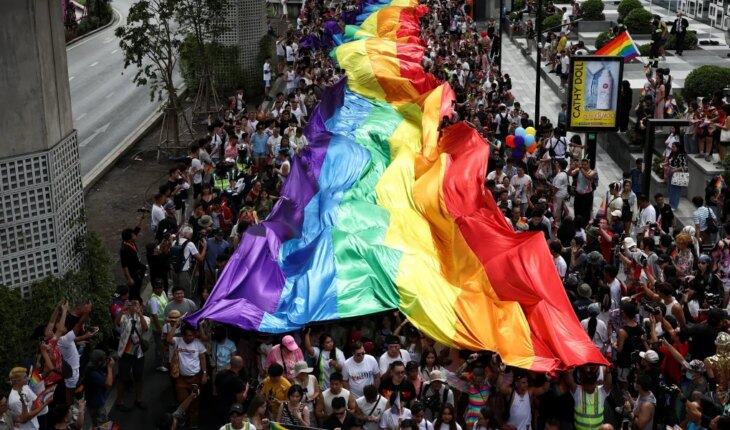The LGBTIQ+ community around the world celebrates Pride Day through parades, marches and all kinds of activities to make sexual orientation visible without being condemned or aggrieved, fully living the rights conquered. Every June 28, decades of struggle are celebrated, during which diversity movements managed to conquer rights and freedoms.
Pride Day has its origin in the riots that took place in 1969 at the Stonewall bar in New York where people with diverse identities gathered, mainly gays, at a time when homosexuality was prohibited and socially punished. On June 28 of that year, the homosexual community rose up against a raid by the NYPD at the Stonewall Inn bar in Manhattan, when security forces tried to remove them from there. A year later, the first Pride Parade took place during which the Liberation March took place, in which activists from all over the country traveled a total of 51 blocks to Central Park. Those events are what gave rise to what is known today as International Pride Day and the reason why it is celebrated on June 28. LGBTQIA+ representation in animationIn this Pride Month, we reflect on the importance of having diverse stories where all people see themselves there, learn about other realities and that make us grow with them. Cecilia Gentili: the Argentine trans activist who made historyShe was born in Gálvez, a town in the province of Santa Fe. In 2000 she moved to the United States in search of a better life as a trans woman, after years of sexual violence. In her early years she suffered from addictions and earned a living as a sex worker, until she accessed rehabilitation services and obtained citizenship. He fought for the rights of trans Latino migrants and became unique in the fight. Argentine authors who represent the LGBTQ+ communityIn Pride Month, a tour of Argentine authors who have represented the LGBTQ+ community in their works: Silvina Ocampo, Manuel Puig, Maria Elena Walsh, Alejandra Pizarnik, Camila Sosa Villada, Juan Solá and Gabriela Cabezón Cámara.
International LGBTQ+ Pride Day: Why It’s Celebrated Every June 28
June 28, 2024 |





